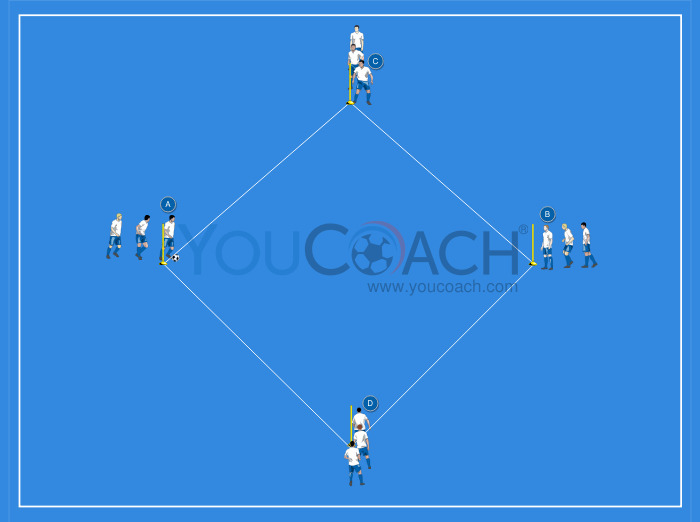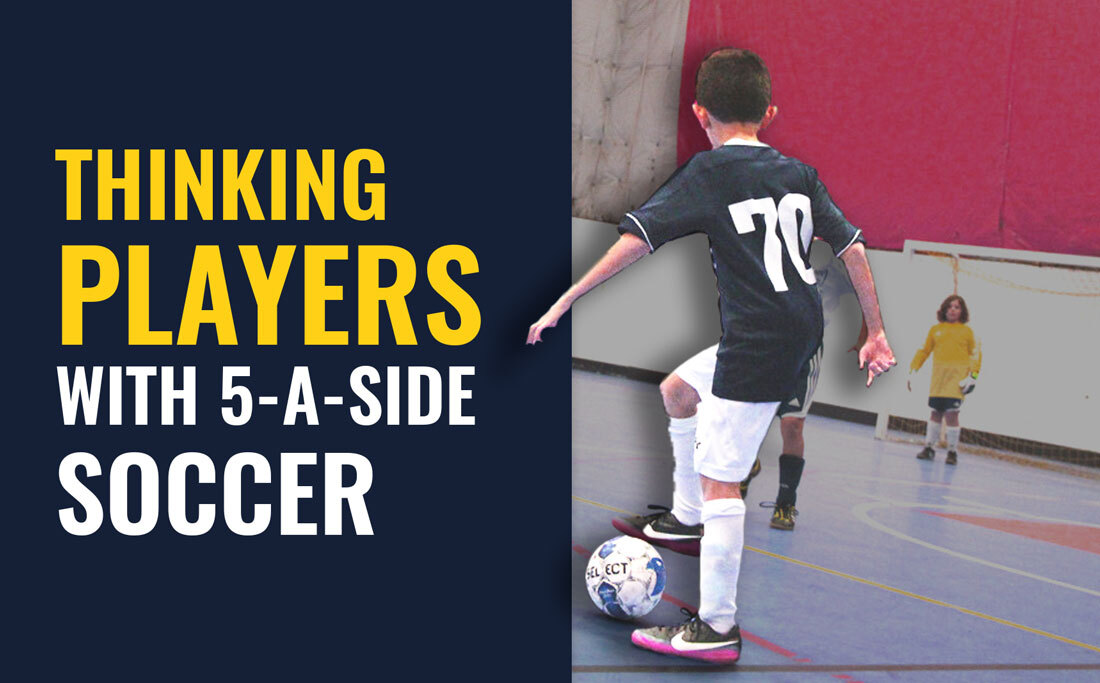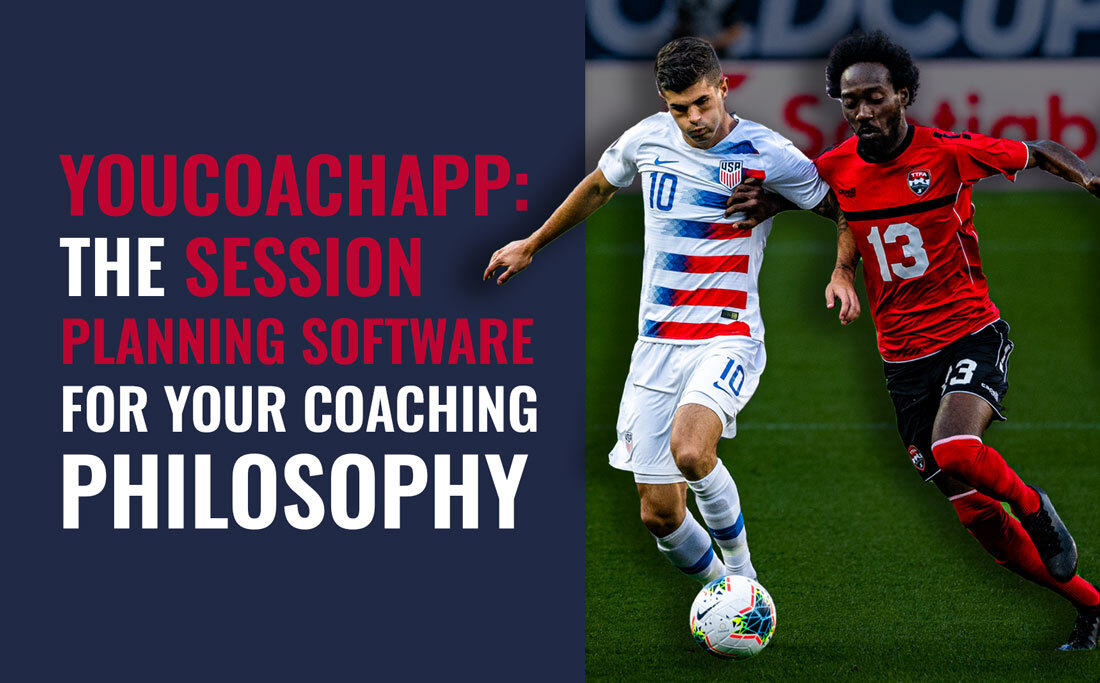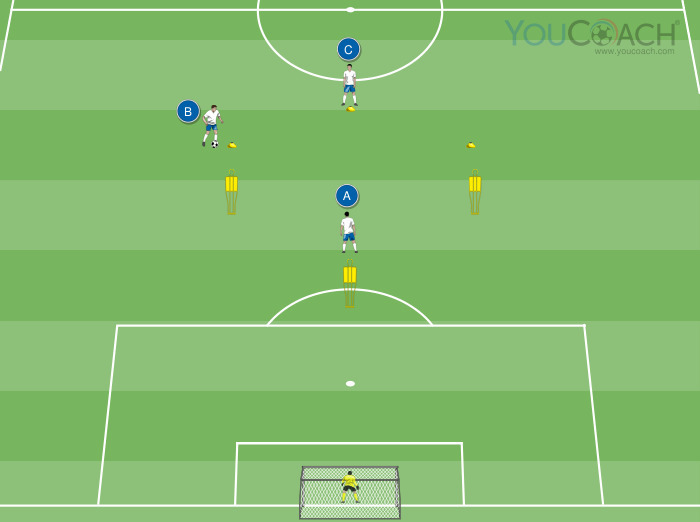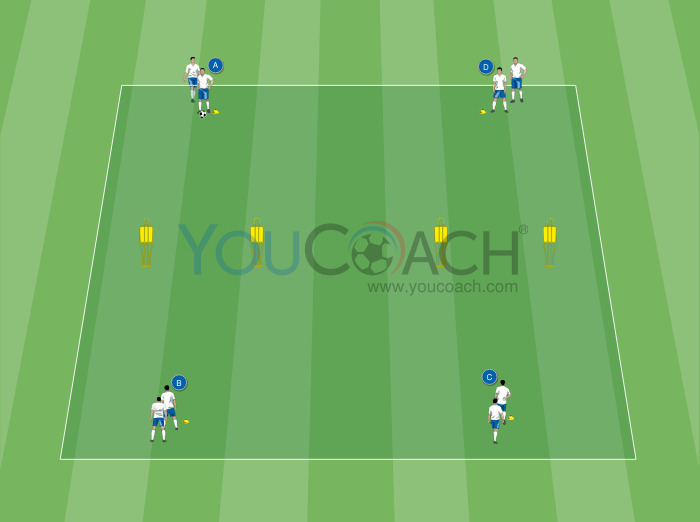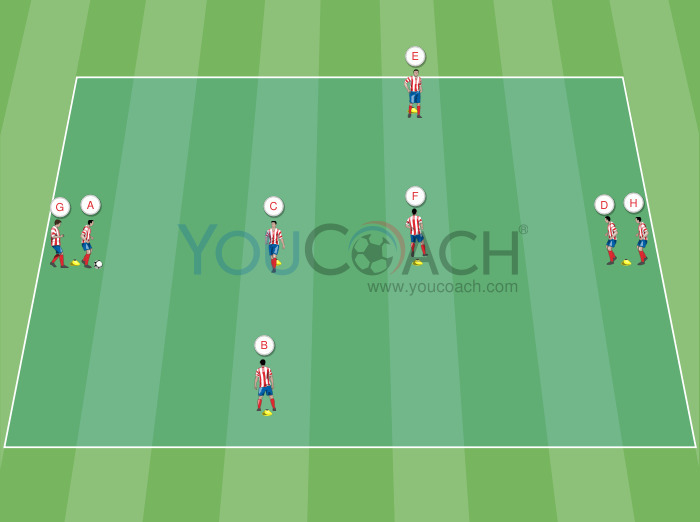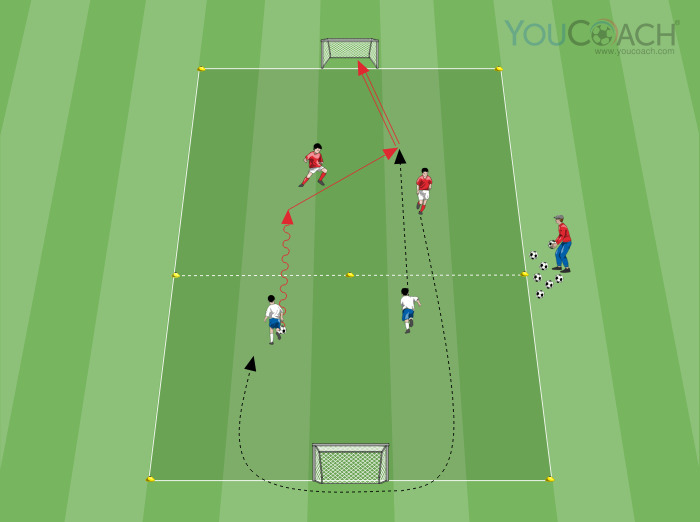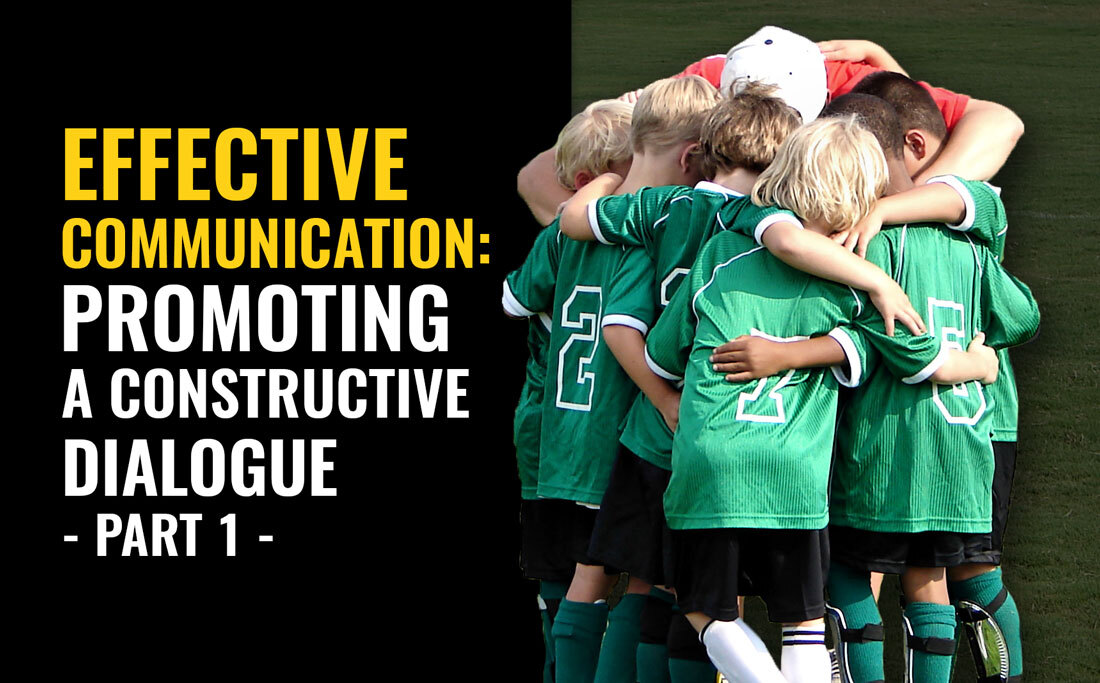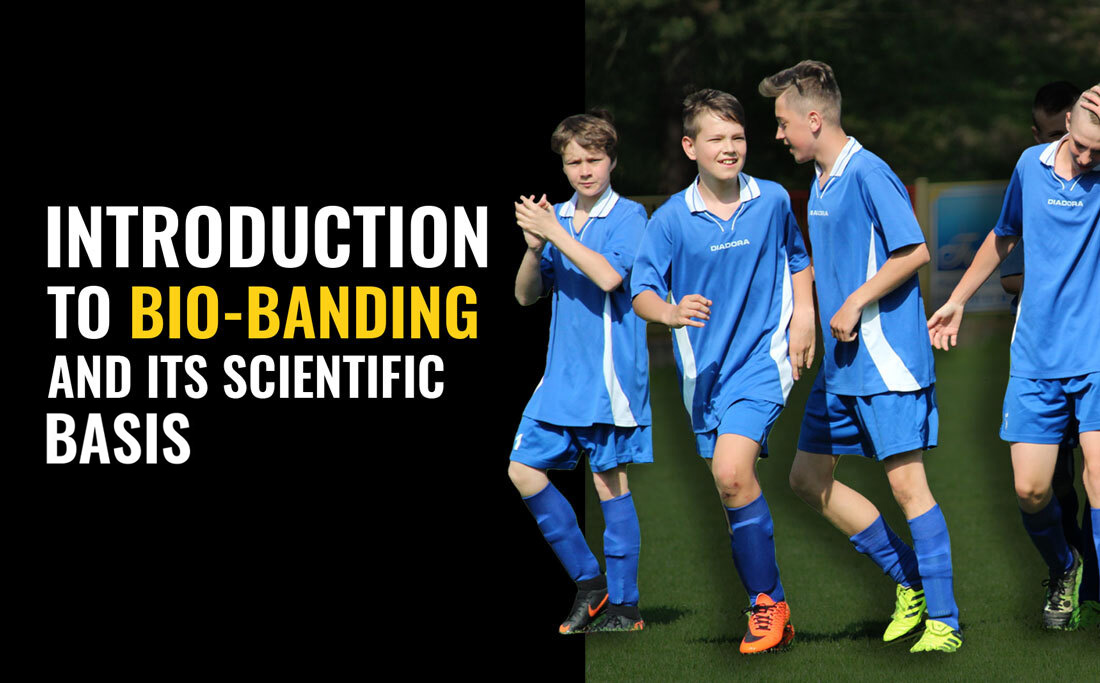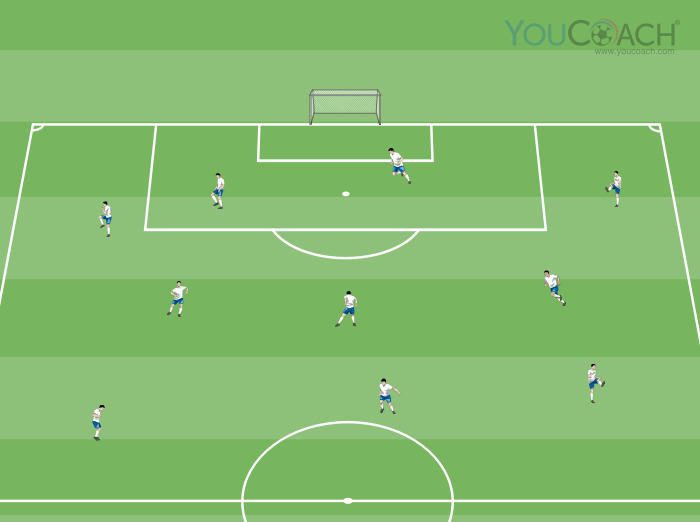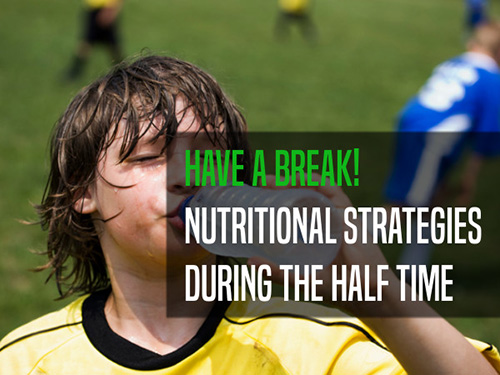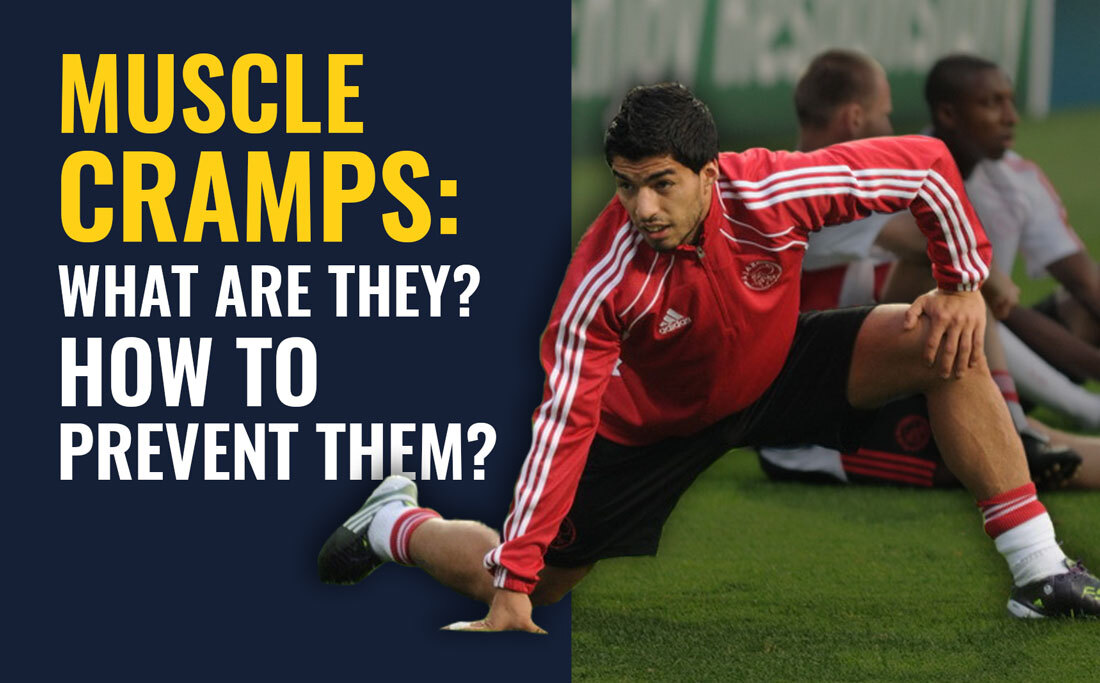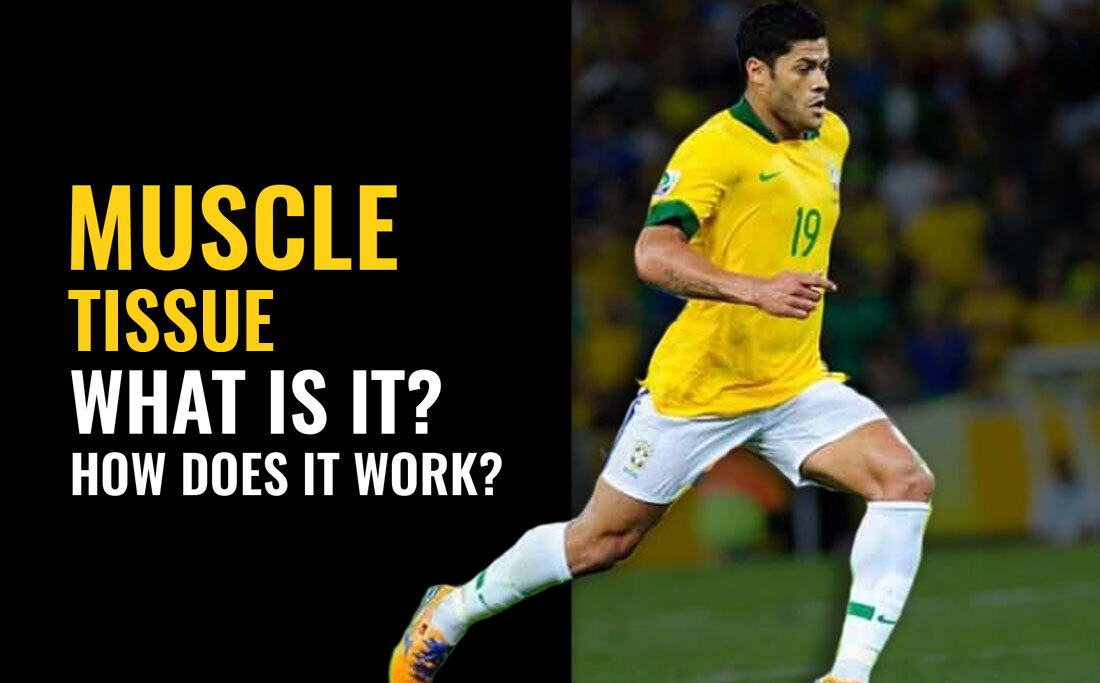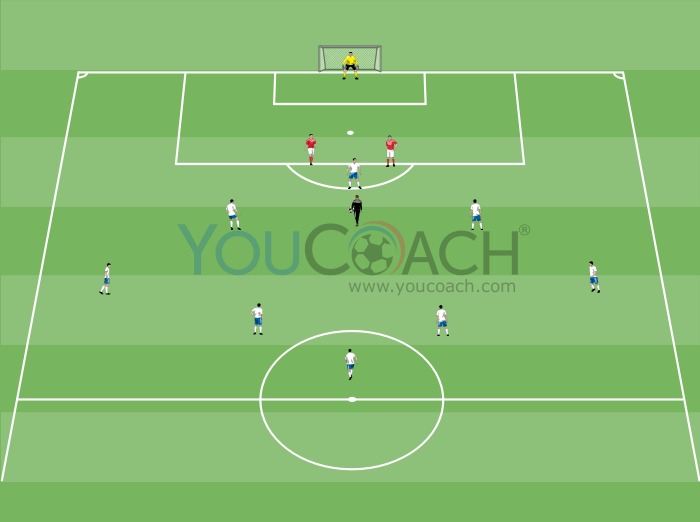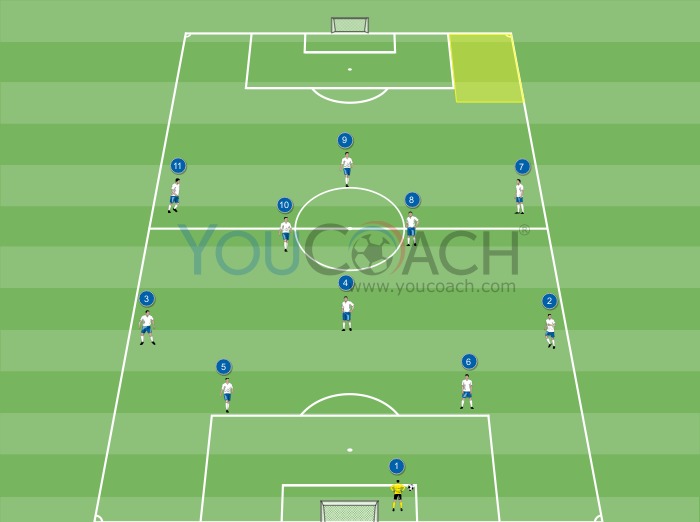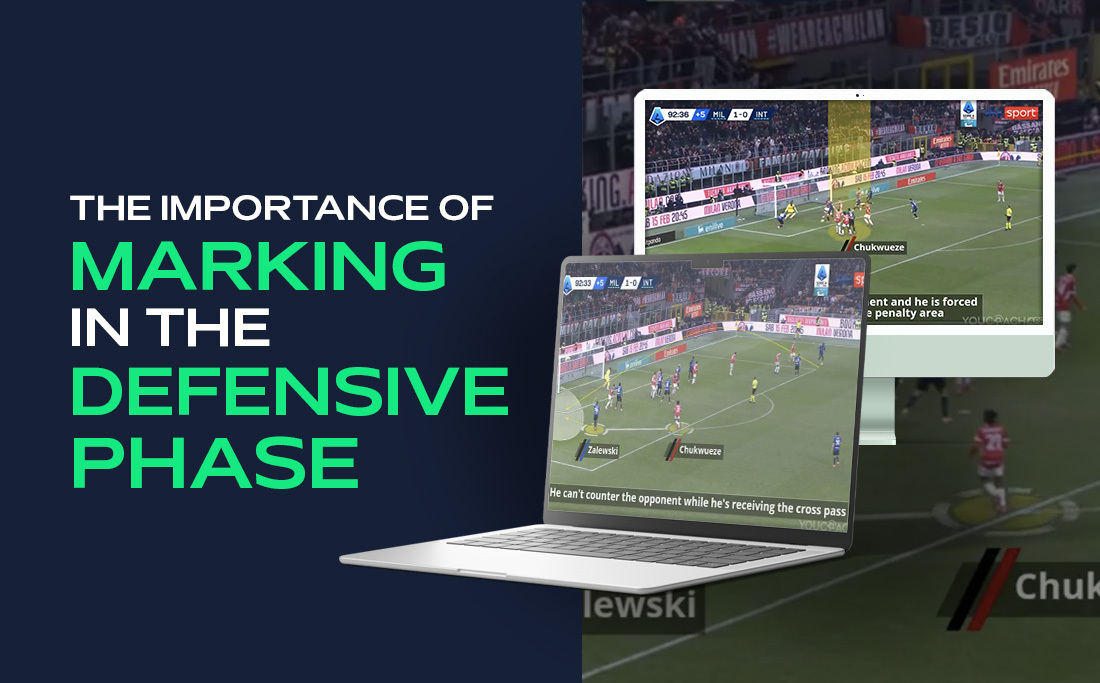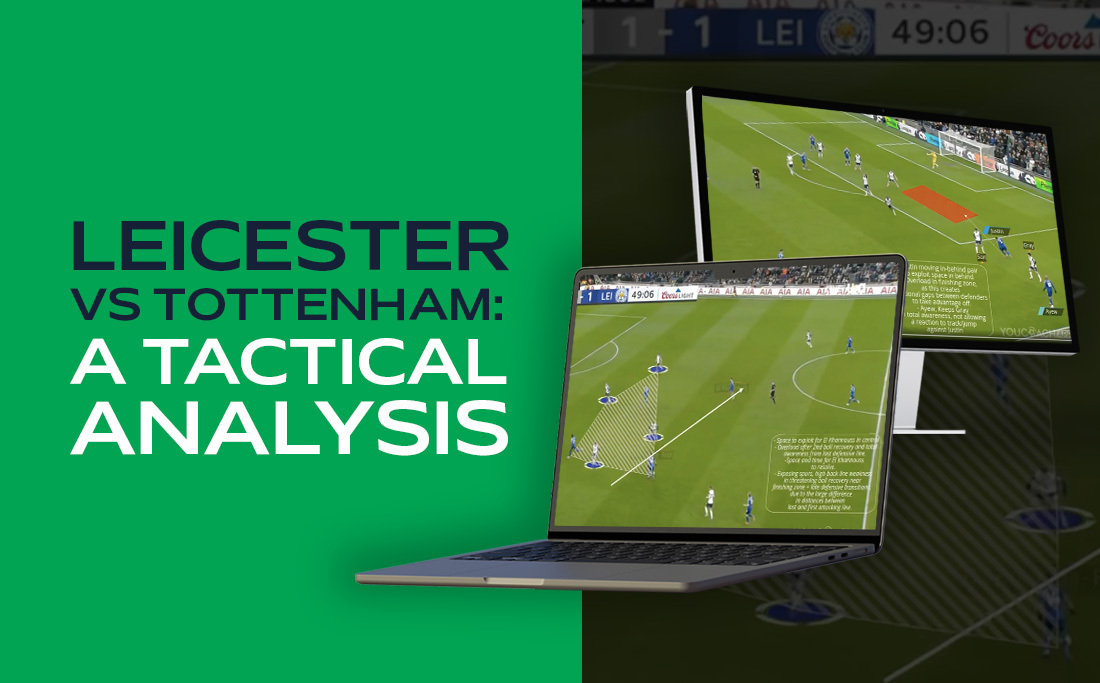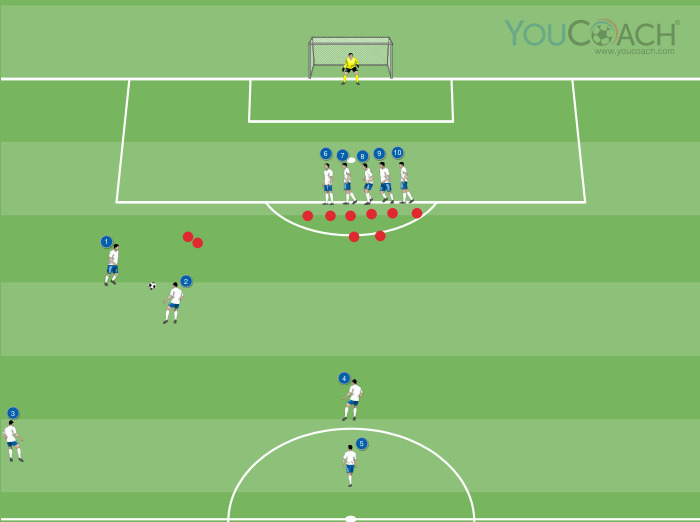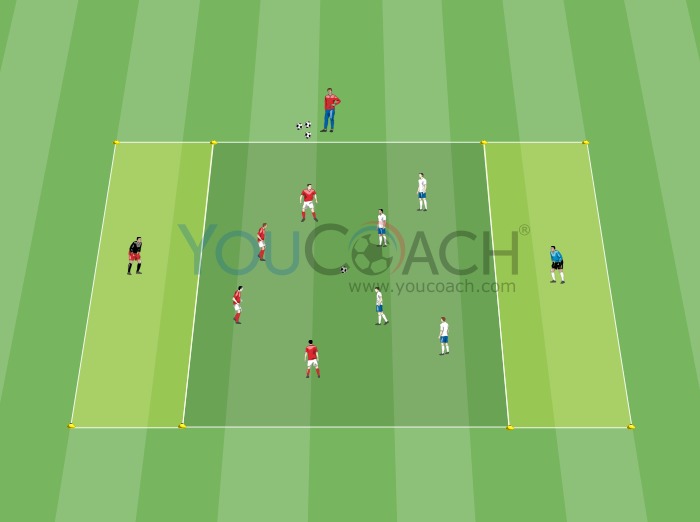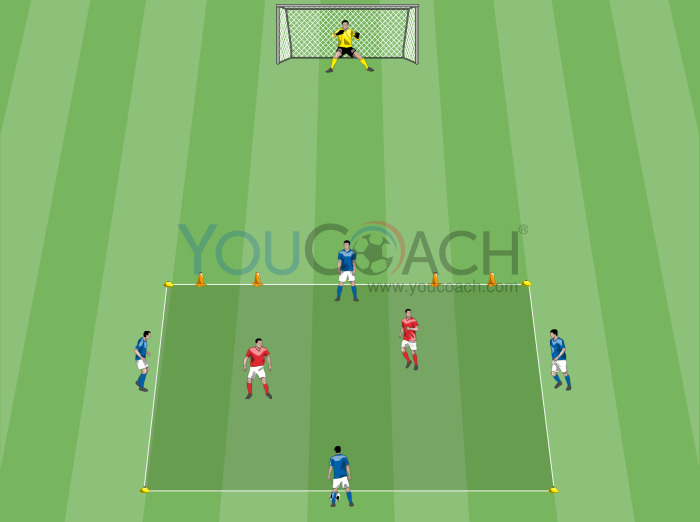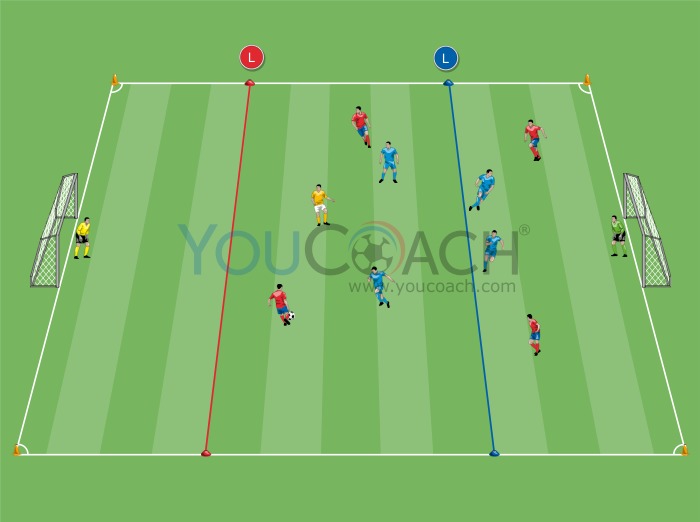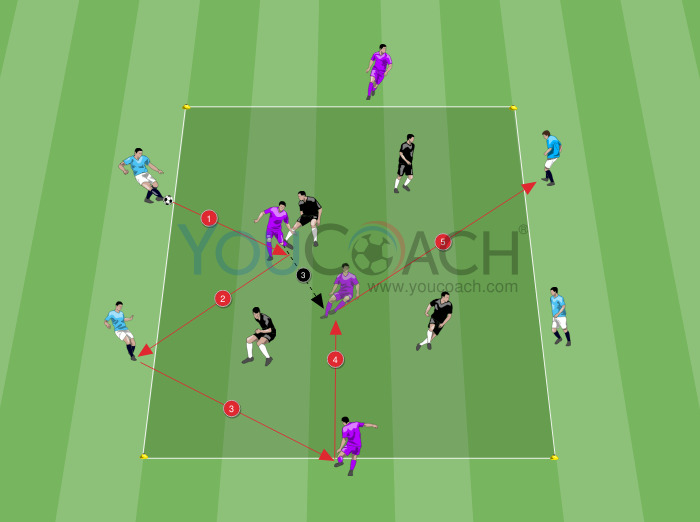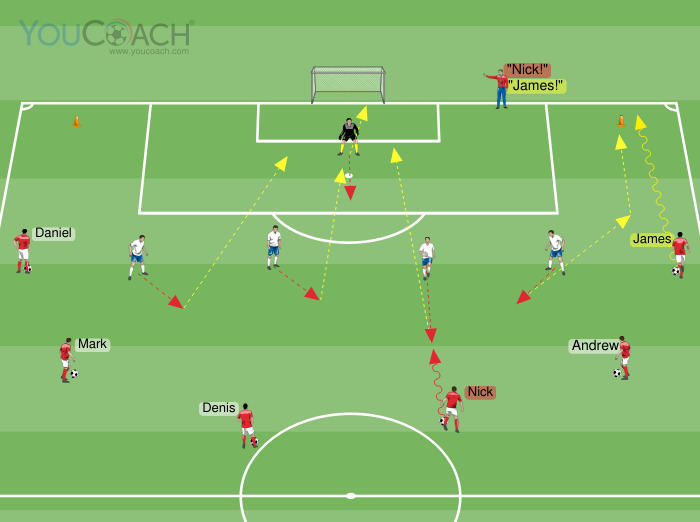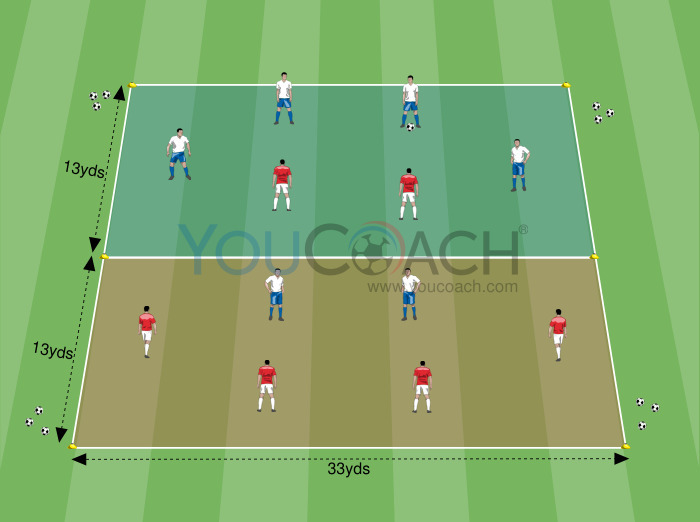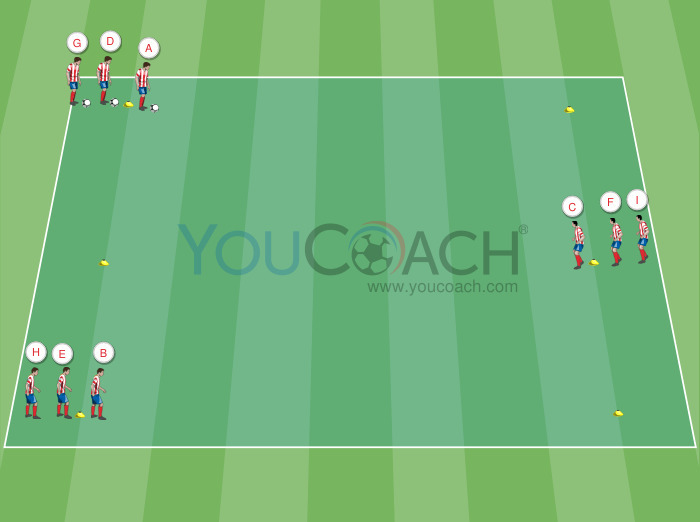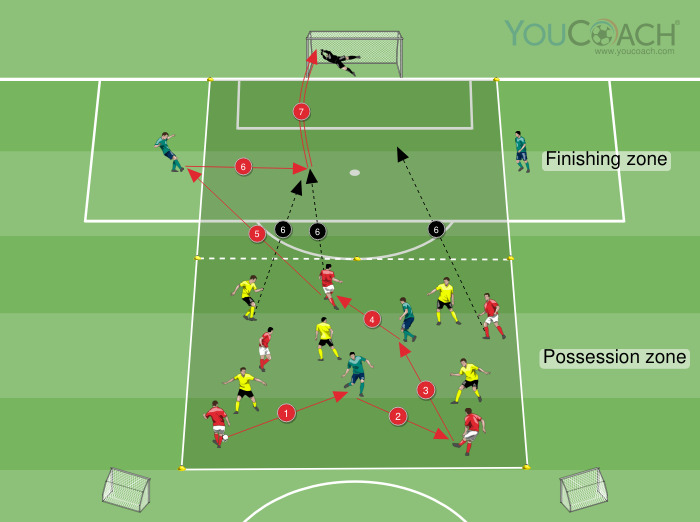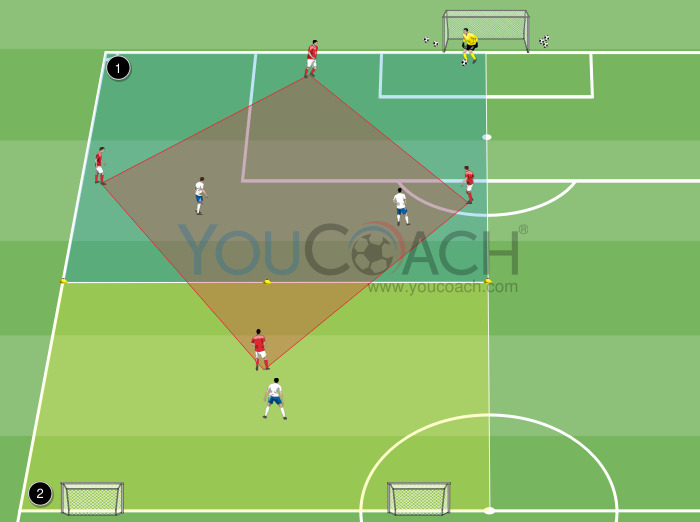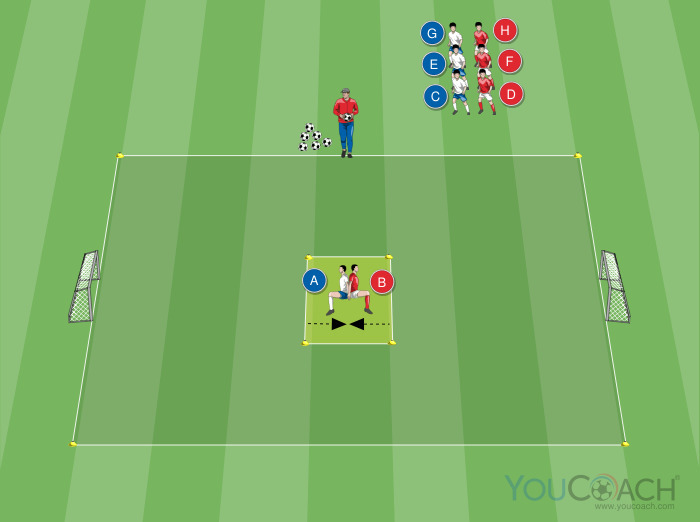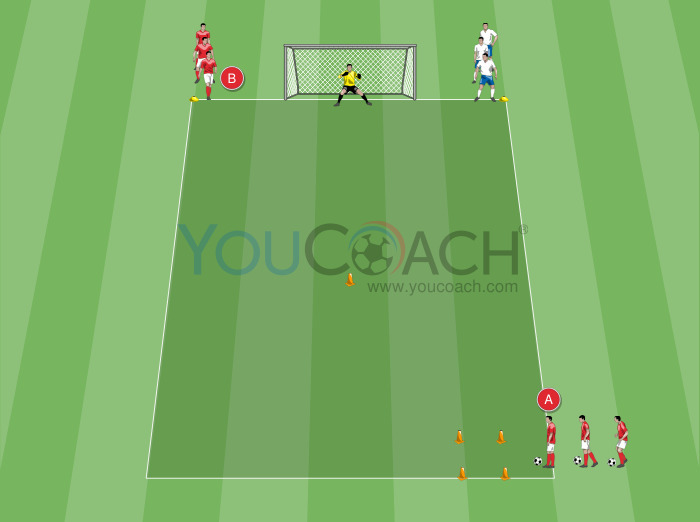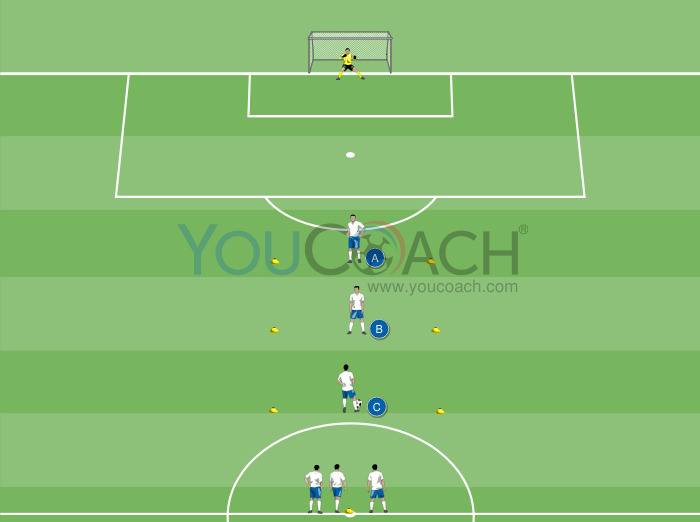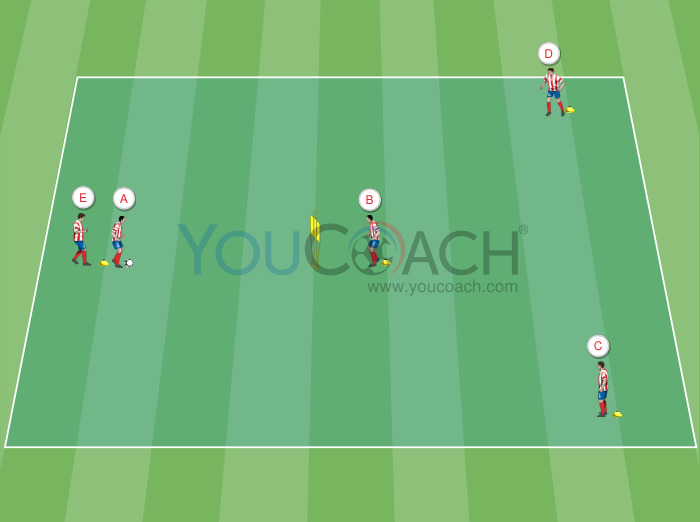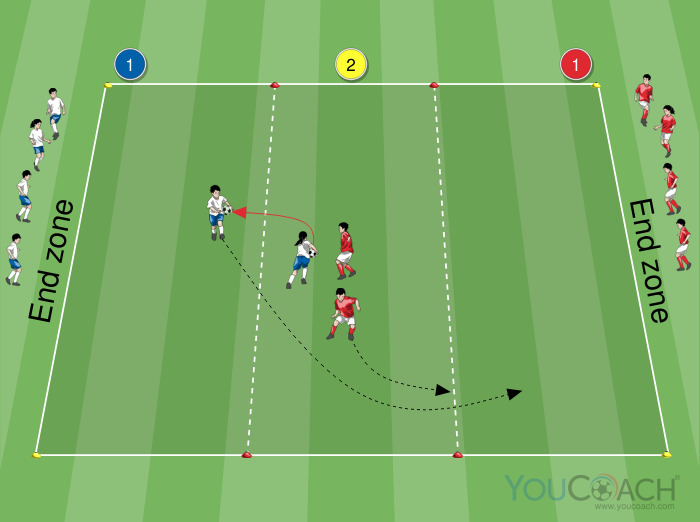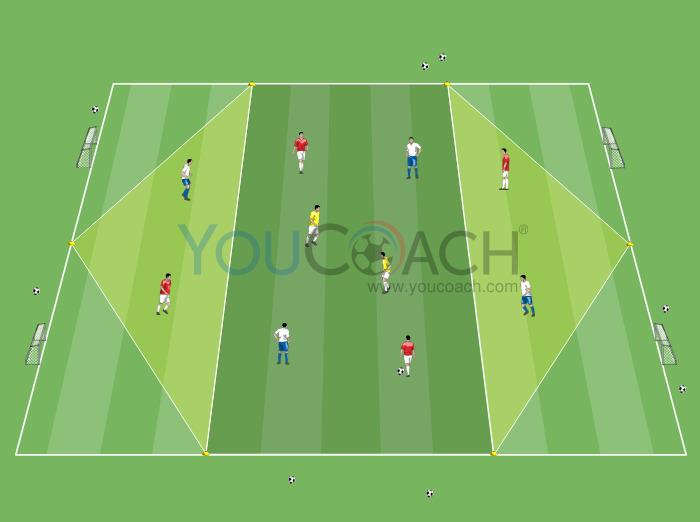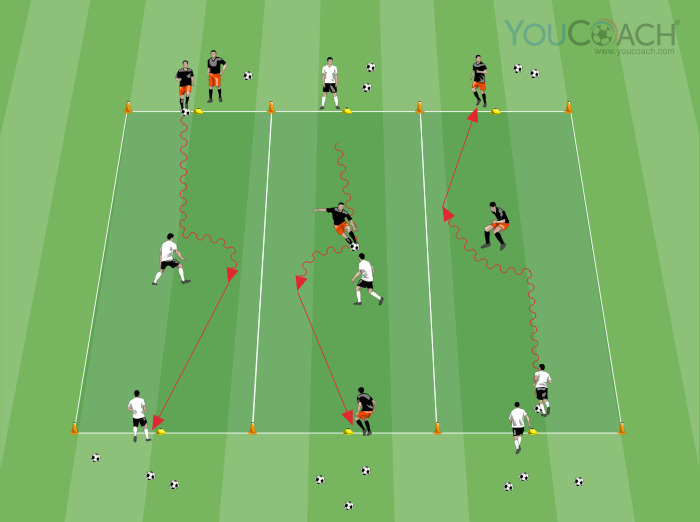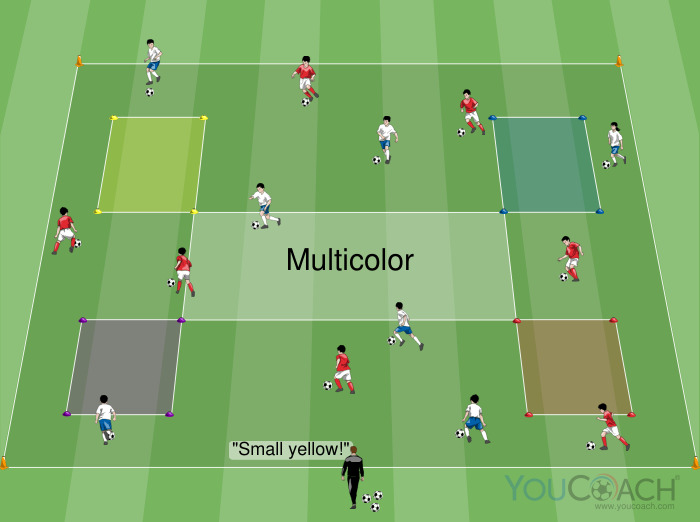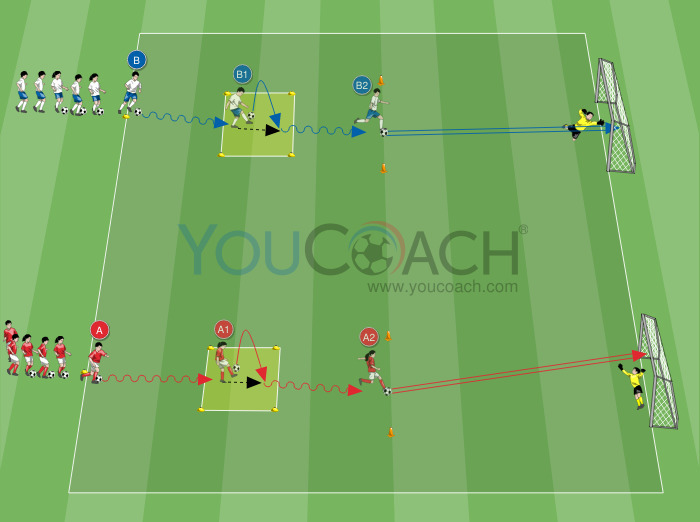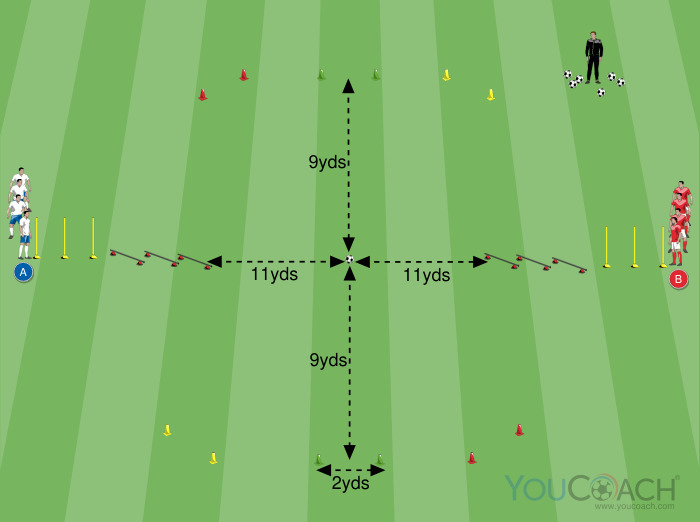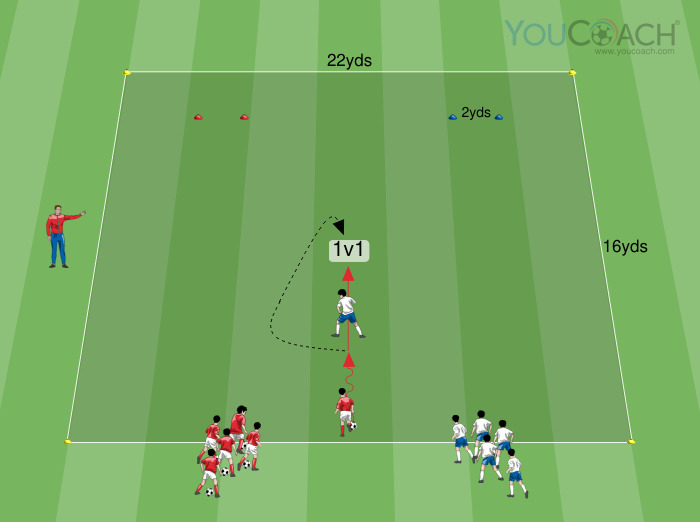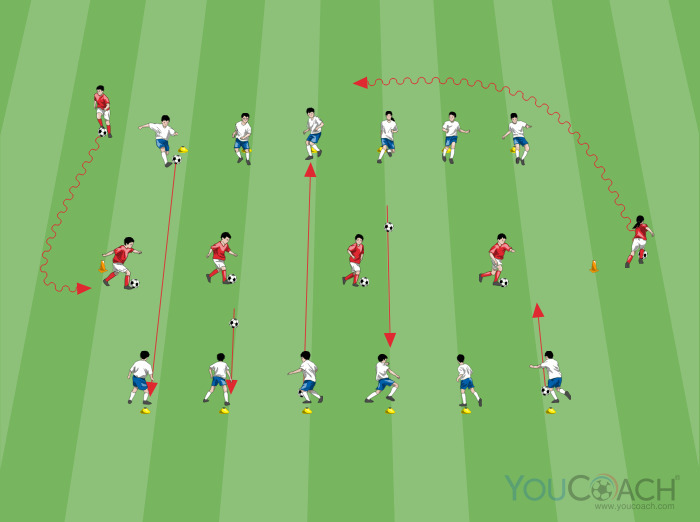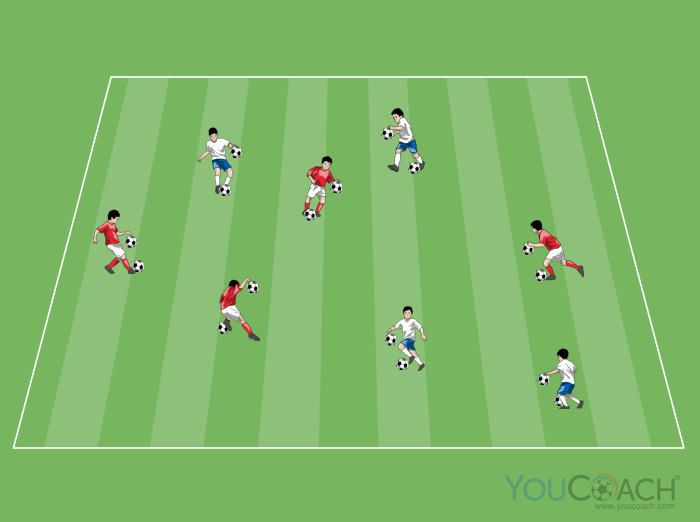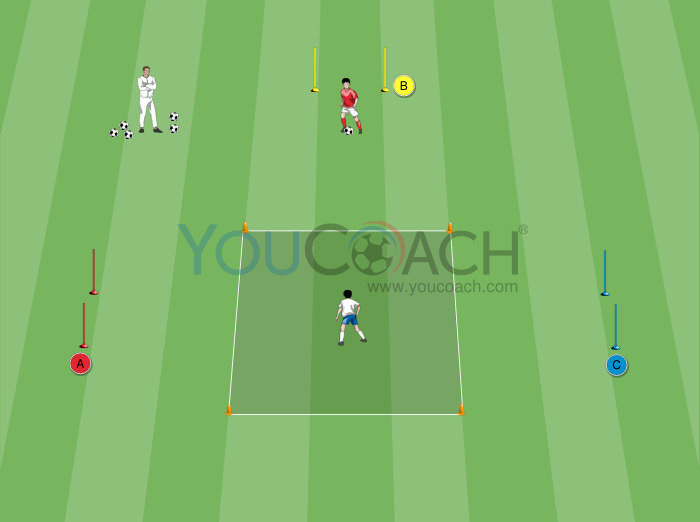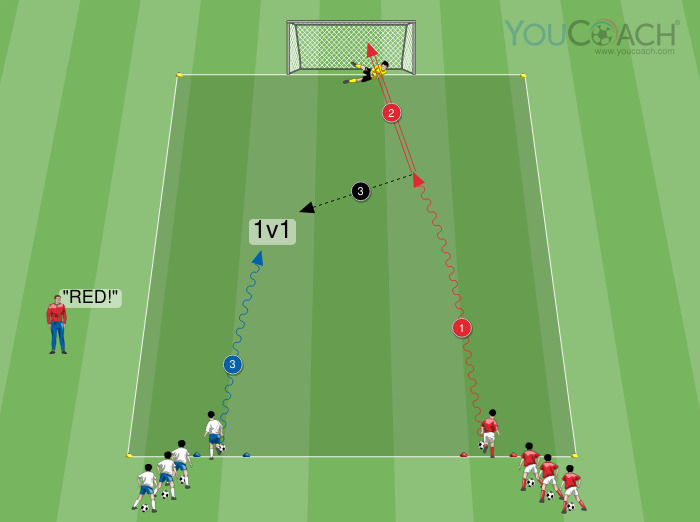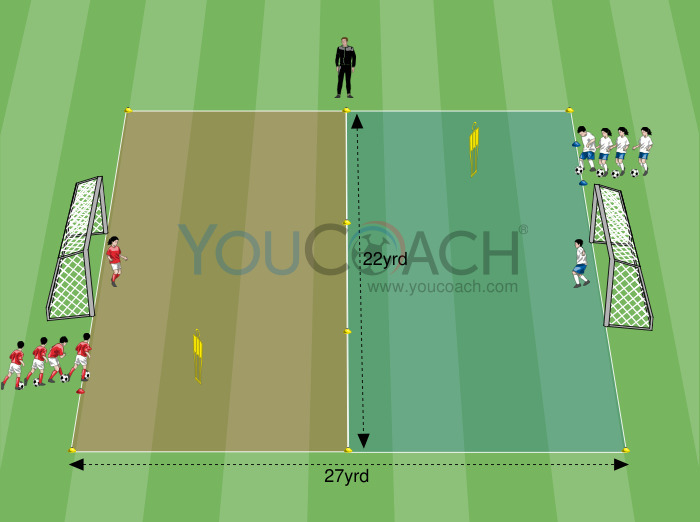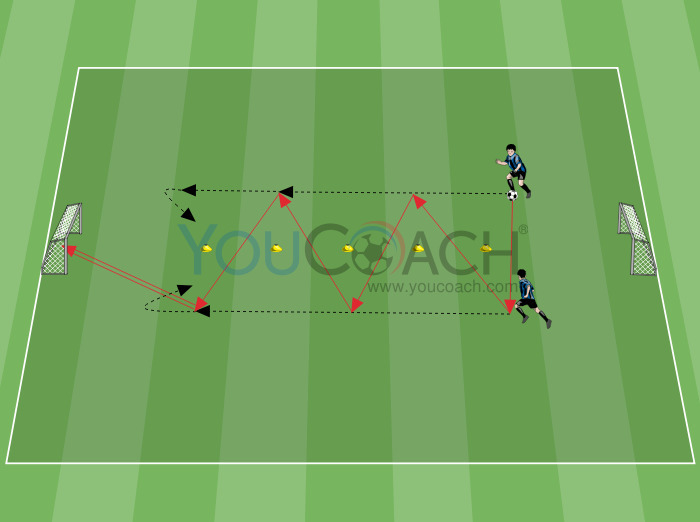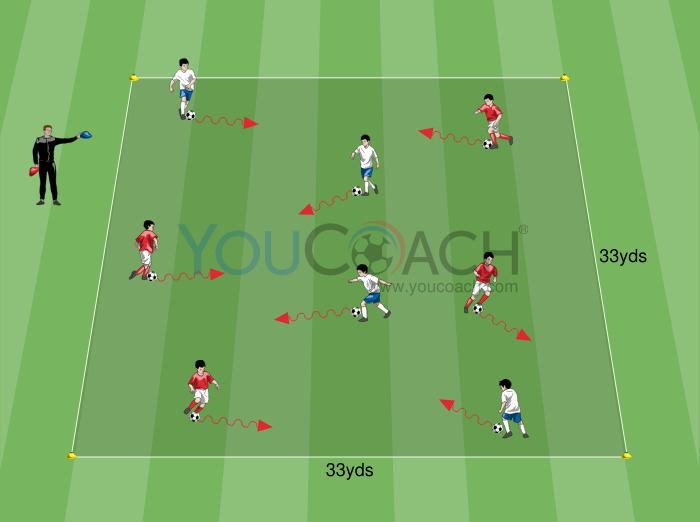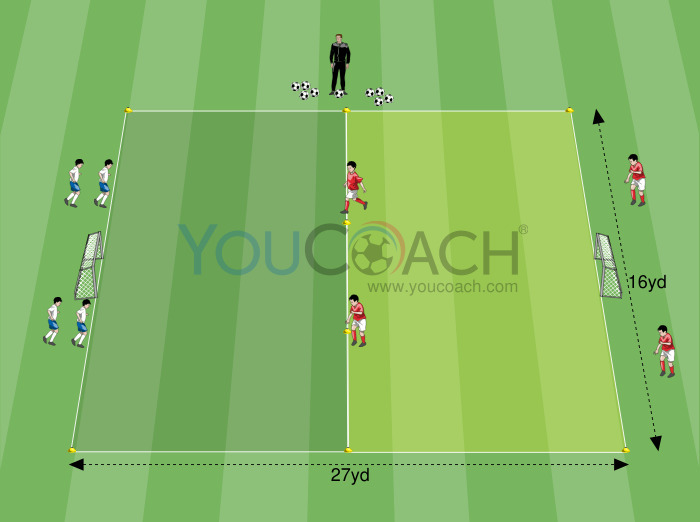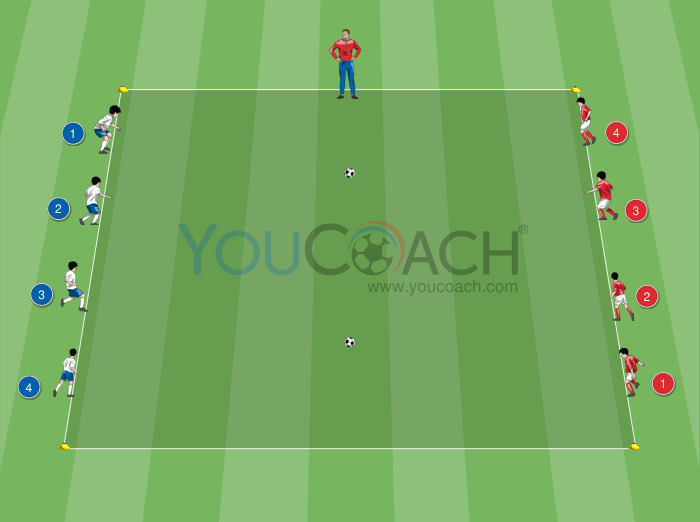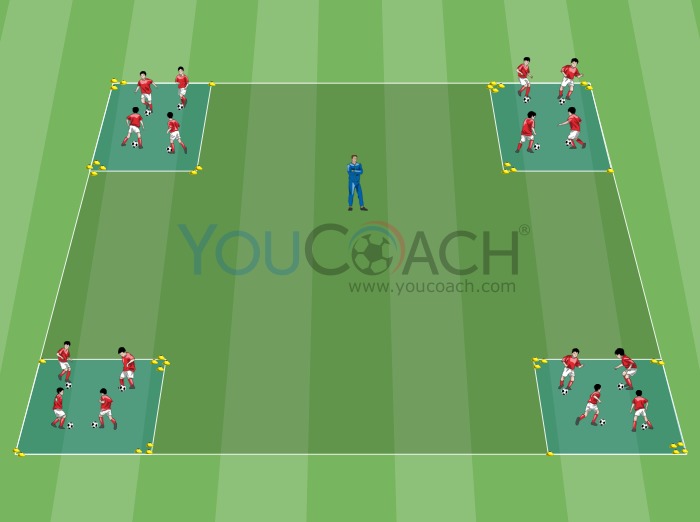11 vs 11 on half field. The athletic point of view

|
A personal analysis of a 11 vs 11 game on half field and its interpretation from the athletic point of view |
- Leave the balls in the two goals and restart from their own goalkeeper each time a corner kick is awarded.
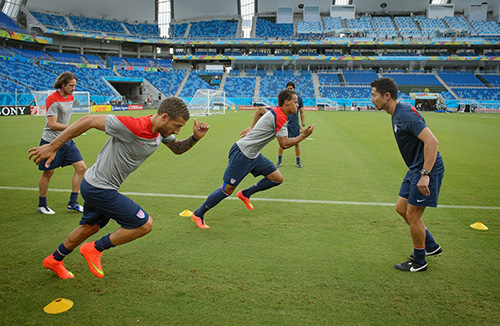
- Leave the balls in the two goals to allow the goalkeeper to restart when the ball gets out at the baseline;
- Place a number of balls on the side lines, just outside the field, so that the players can find the ball in case they have to restart with a throw in.
- As an alternative, a number of balls can be left to a collaborator or to the coach who will deliver them to the players in case the ball arrives laterally in his area (on collaborator on each side is ideal)
- Call fouls the least possible (without losing control of the game) to grant fluidity of game.
- Limit the number of touches (to 2 or 3) to promote intensity.
- At least two times of 10-12-15’ should be played (according to volume and intensity of the preceding training session)
- Start with an inactive ball every time the ball gets out laterally and with a corner kick when required;
- Call fouls often, even in doubtful situations;
- Unlimited number of touches;
- Times of play of 8-10’
- Aerobic capacity is stimulated because this is a dynamic exercise; play times of at least 8-10’ are recommended (to be decreased approaching the day of the match) to allow heart rate to increase and remain within an aerobic range (70% HR max);
- Aerobic capacity is stimulated by the continuous movements performed at different speeds, particularly during the sprints performed to make tactical actions and/or running for a pass or pursuing an opponent; a sprint of 30-40 increases heart rate, and the same occurs when trying to get possession under pressure.
- It is important to keep attention and stimuli at high levels by continuously encouraging the players in order to keep them attentive and reactive.
- Specific strength (changes of direction, stacchi di testa): this ability is stimulated when the players try to recover possession with continuous short moves (2-3-5 m) including repeated braking, acceleration and changes of direction that require maximal or sub-maximal muscle demand and speed intensity. In the situations of high ball. When the ball is high during the game (goalkeepers return, long passesi, cross etc) header may occur which can be considered as explosive actions.
- Alternative to focus on strength: add a lateral free kick each time the ball goes out laterally and kick the ball to the corner.
- Speed : is trained when the players execute sprints, as regularly occurs during this kind of exercise, more frequently as compared to the match on full size field because of higher density and reduced spaces of play.
In conclusion, this exercise can be considered a good training from the technical, tactical and situational points of view, and also of aerobic capacity if executed with a suitable intensity, because its times, spaces and rules allow the players to act continuously like in a match. Conversely, from the point of view of strength and speed/agility this exercise cannot be considered an effective training because the training principles for these abilities are not respected as to the amount, number of stimuli vs recovery and frequency. Therefore, if the objective of this exercise from the athletic point of view is to train strength and/or speed, the proposal has to be modified with games stressing the above mentioned actions.


